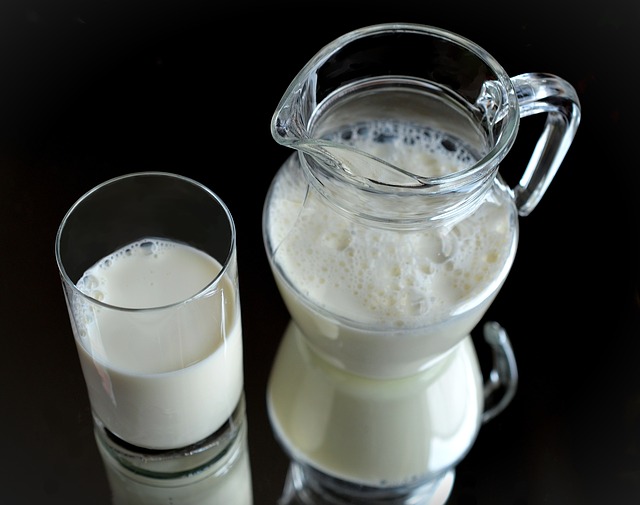By Shereen Jegtvig
NEW YORK Tue Feb 11, 2014 5:21pm EST
(Reuters Health) – For people with osteoarthritis of the hip, pain levels tracked with the weather over the course of a small two-year study, Dutch researchers say.
They looked at reported pain levels in a previous study of arthritis, then went back to weather records to document the conditions each day.
It turns out the participants’ aches were just a little worse and joints just a little stiffer when humidity and barometric pressure levels rose.
“This is something that patients talk about all the time,” Dr. Patience White told Reuters Health. A rheumatologist and vice president for Public Health Policy and Advocacy for the Arthritis Foundation, she was not involved in the study.
Osteoarthritis affects about 27 million Americans. Common risk factors include getting older, being obese, having previous joint injuries, overuse, weak muscles and genetics.
White said she often sees patients who say they are sensitive to the weather.
“Nobody’s bedridden by the weather change,” she said, “It’s not severe pain, they just ache more.”
More than 60 percent of patients with osteoarthritis say that weather conditions, such as rain, barometric pressure and temperature have an impact on their pain and stiffness, according to the study team, which was led by Desirée Dorleijn, of Erasmus MC University Medical Center Rotterdam.
Past research attempting to investigate the weather connection had yielded inconsistent results, so Dorleijn and her colleagues looked at self-reported hip pain and function in 222 osteoarthritis patients who participated in a glucosamine sulphate study.
The patients enrolled in the study filled out questionnaires every three months for two years, including the Western Ontario and McMasters University Osteoarthritis Index (WOMAC), which is scale for self-assessment of pain and function. The WOMAC scores range from 0 to 100, with 0 indicating no pain.
The researchers gathered weather reports for the days the patients filled out the questionnaires. The information gathered from the Royal Netherlands Meteorological Institute included average temperature, wind speed, hours of sunlight, rainfall, humidity and barometric pressure.
Patients who underwent surgeries for their arthritis were dropped during the study; so 188 participants completed the full two years of monitoring.
About 70 percent of participants were women, averaging about 63 years old.
The average starting WOMAC pain score was 23.1 and the function score was 35.1. Those scores improved slightly – each by about 2 points – throughout the study.
But when the researchers compared weather conditions to pain and function scores, they found that pain scores worsened by 1 point for each 10 percent increase in humidity. Function scores worsened by one point for every 10 hectopascals (0.29 of an inch) increase in barometric pressure.
For a change to be considered ‘clinically relevant,’ it has to alter the WOMAC score by at least ten points, Dorleijn’s team writes in the journal Pain.
Since variations in humidity and barometric pressure are limited, they could account for changes of 5 to 6 WOMAC points at the most, they write.
White agreed that requiring a 10-point change to be significant is the accepted approach to using the WOMAC scale. But that doesn’t mean the pain wasn’t real, she said.
“This is about people seeing a little bit of change, whether it’s the humidity or barometric pressure or function or pain,” White said.
Apart from its small size, the study did have some limitations, White noted. For instance, the patients didn’t have severe osteoarthtitis and the pain was only in one joint. Still, she thinks it was a good study.
“They did the best they can do, and they did find a little bit of change. They decided it wasn’t significant.” She said.
But, she said, just because findings didn’t reach statistical significance from the researchers’ point of view, they can be significant from the patients’ point of view.
SOURCE: bit.ly/1ofAKlo Pain, online January 24, 2014.







